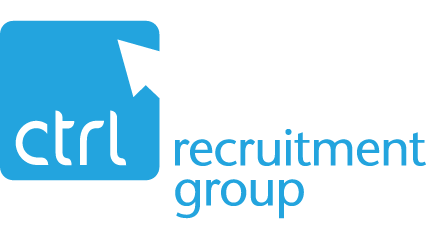
Blockchain: What Is It and How Does It Work? (Part 1)
The blockchain was made famous by the emergence of bitcoins as it was the technology that underpinned the system. But it is more than just a means to run the most famous crypto-currency and many businesses are beginning to look at it as a way to deal with the issues of data management and security. There are already some 40 top institutions that are experimenting with the system to track areas such as asset ownership as well as to cut costs and lower fraud risks. Some are even using it to track the movement of assets in their supply chain. While the blockchain is still largely experimental in most cases, it is worth learning what it is and what it does.
Blockchain basics
A blockchain is defined as ‘a data structure that makes it possible to create a digital ledger of transactions’. It works through a distributed network of computers, rather than one single computer and makes use of cryptography to allow every participant to change the ledger without the need for a central authority to sign off on the process.
Once a block of data is entered onto the blockchain, it is very hard to change or remove it. To add something to it, the participants on the network (the computers) run through algorithms to evaluate if the transaction merits addition. If the majority agrees that it is and the data matches the blockchain’s history, then the new transaction is approved and added to the chain.
The term blockchain describes the version of the distribution ledger structure as well as its distributed consensus process. This means there can be different styles of blockchain that work for different types of ledgers. The bitcoin blockchain, perhaps the most well-known, is public and ‘permissionless’ – meaning that anyone can add and view the ledger. However, companies are also experimenting with private or ‘permissioned’ blockchains where only known participants can add to the network.
Guardtime is a company selling blockchain-based products to everyone from governments to big companies such as Ericsson AB. They describe blockchain as:
“Assume that an organisation has ten transactions per second and each of these has its own digital signature. If you use a tree structure, the signatures are combined and receive a single digital fingerprint, a unique representation of that transaction at that specific time. The fingerprint is then sent to the next level of the tree, say a service provider or a telecom company. The process happens for every organisation in the network until there is one fingerprint that represents all of the transactions within each second. A copy of the ledger created can be sent to each part of the organisation and these can be continuously verified against what is held on the blockchain. This allows companies to monitor the state and integrity of any asset or transaction.”
So any time that someone changes an asset or the data, a new unique fingerprint is created, the company added. Each fingerprint goes to each client node to be validated and if they don’t match or they don’t fit in with the network’s rules, then the transaction isn’t validated. This in turn means the entire network is in charge of validating each transaction, rather than one single authority.
Who created the blockchain?
The blockchain was first created to use with bitcoin by a person or group of people who are collectively known as Satoshi Nakamoto. Back in 2008, this person or persons published a paper on bitcoin and how it could be used to send digital payments between two people or businesses without the need for a third party – a bank or credit card company for example. Each transaction would be recorded on the ledger, the blockchain, and the newest one would be tied to the ones before by a digital signature. To make the ledger trustworthy, the participants on the network ran a series of complicated algorithms to ensure the digital signature was genuine before it was added to the blockchain.
Bitcoin saw a turbulent few years after this including the collapse of the bitcoin exchange Mt. Gox and a regrading reputation due to its use on the underground drug online bazaar, Silk Road. But companies looked at the underlying technology and saw potential.
(Continued in Part 2)


